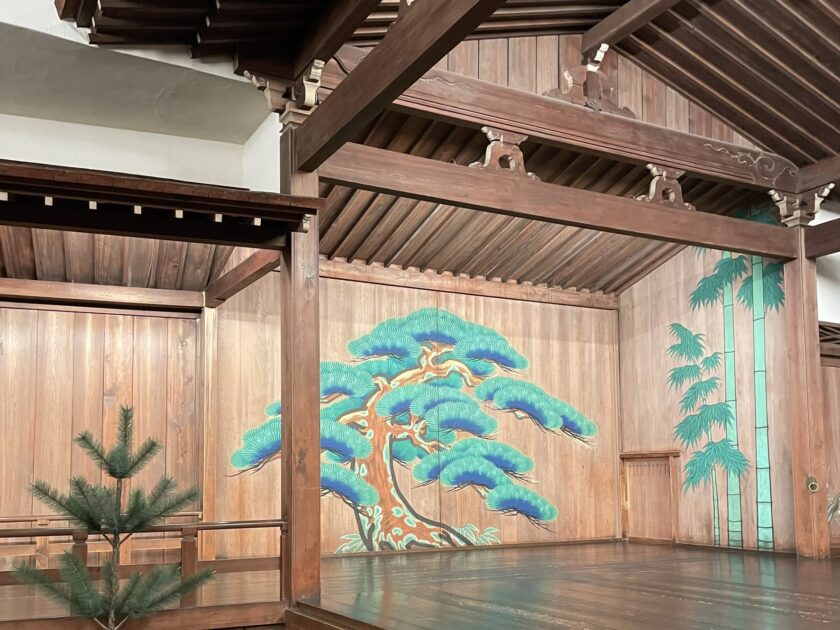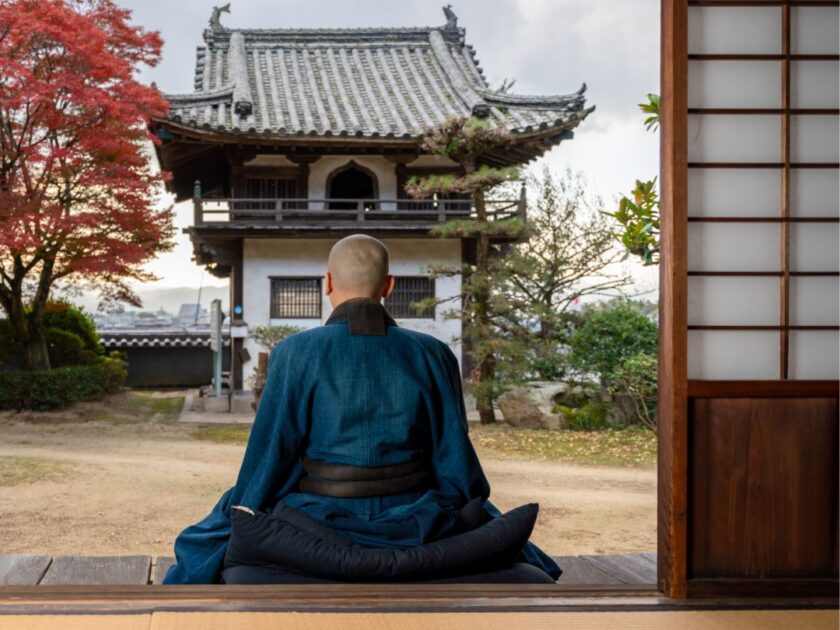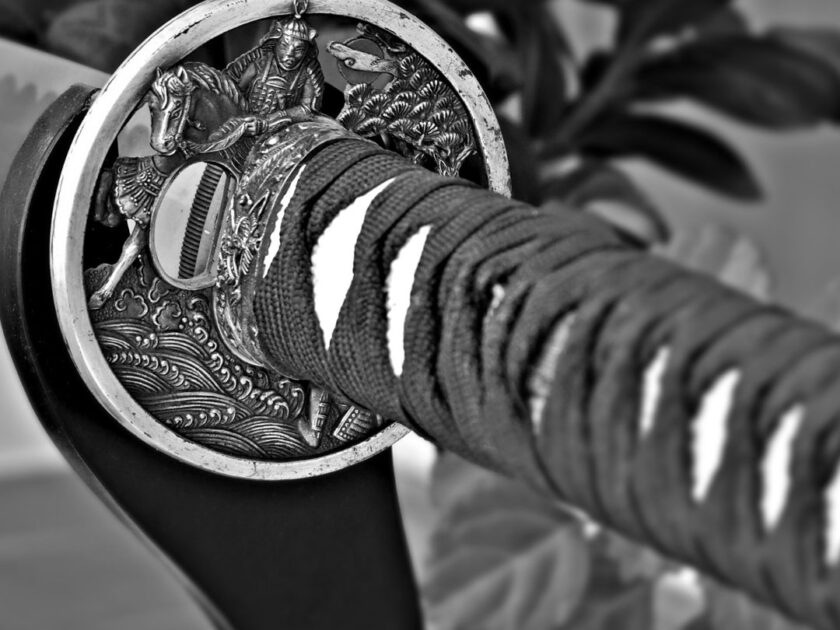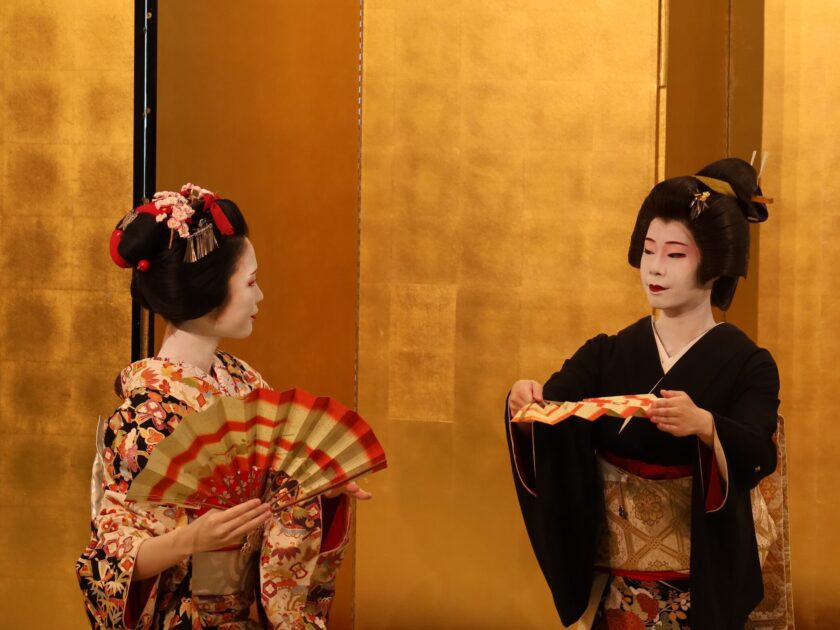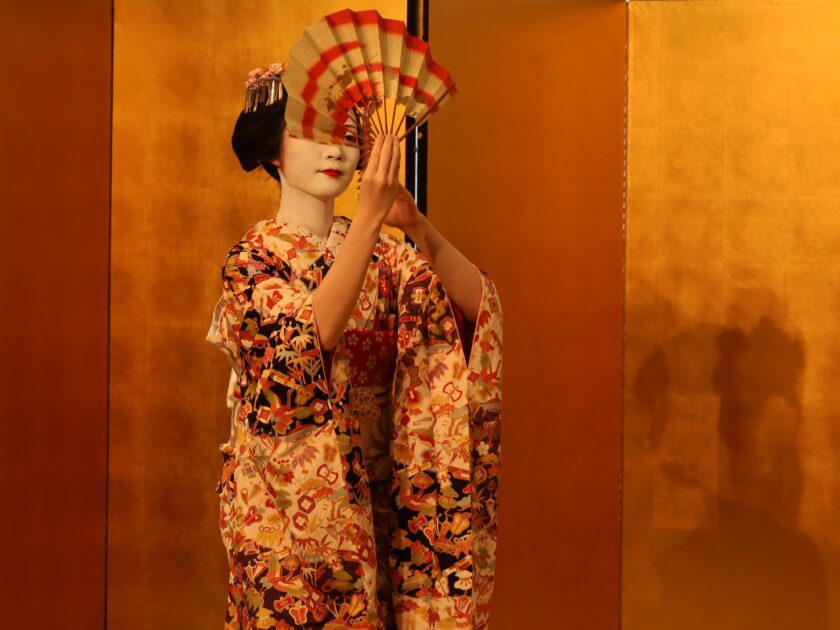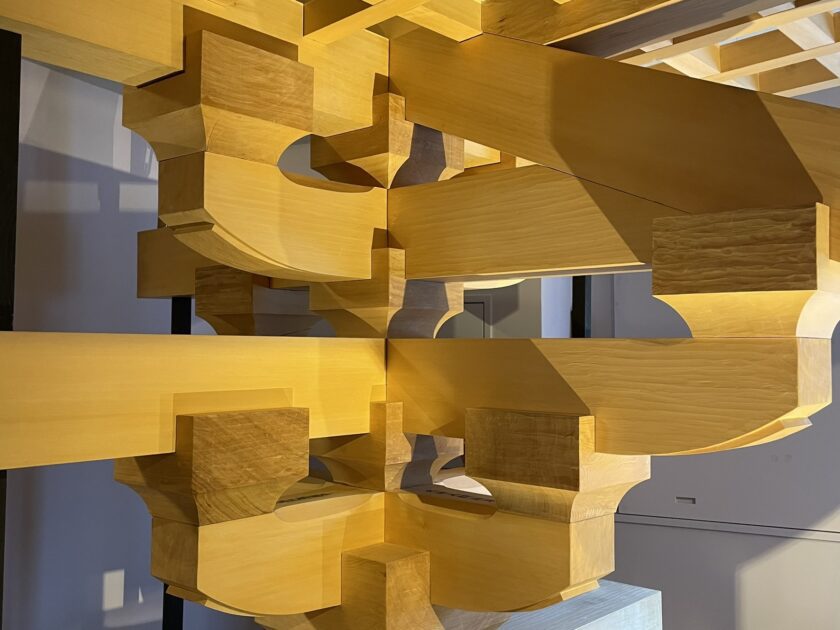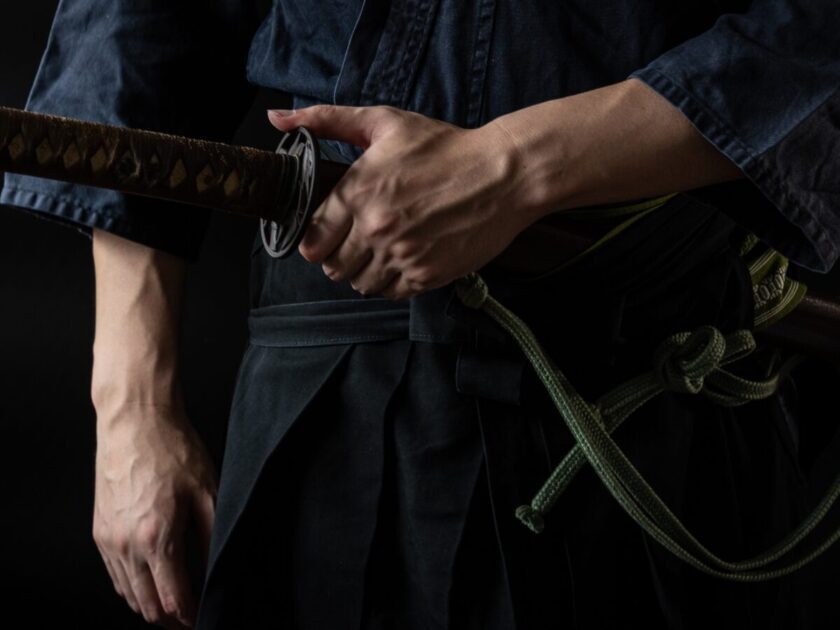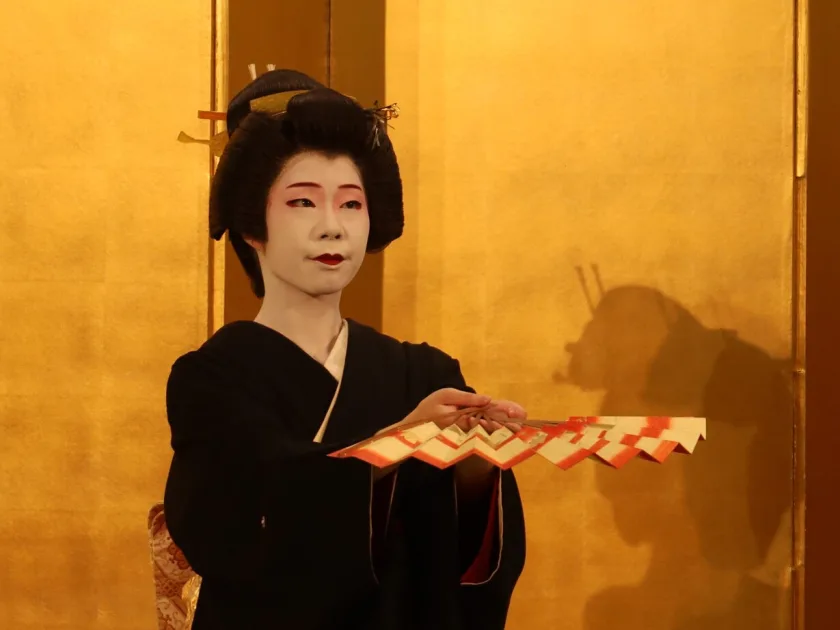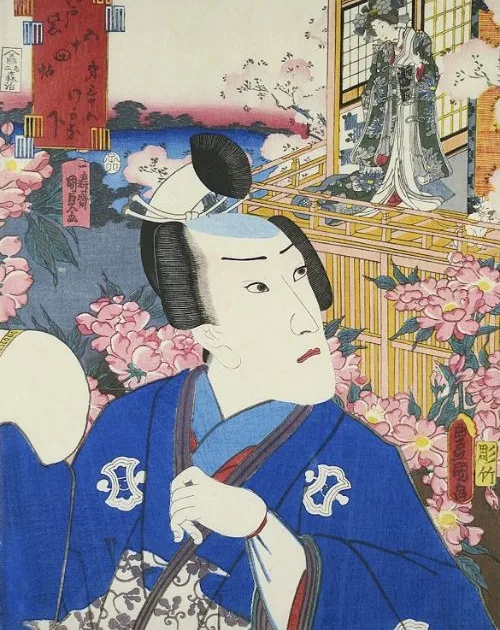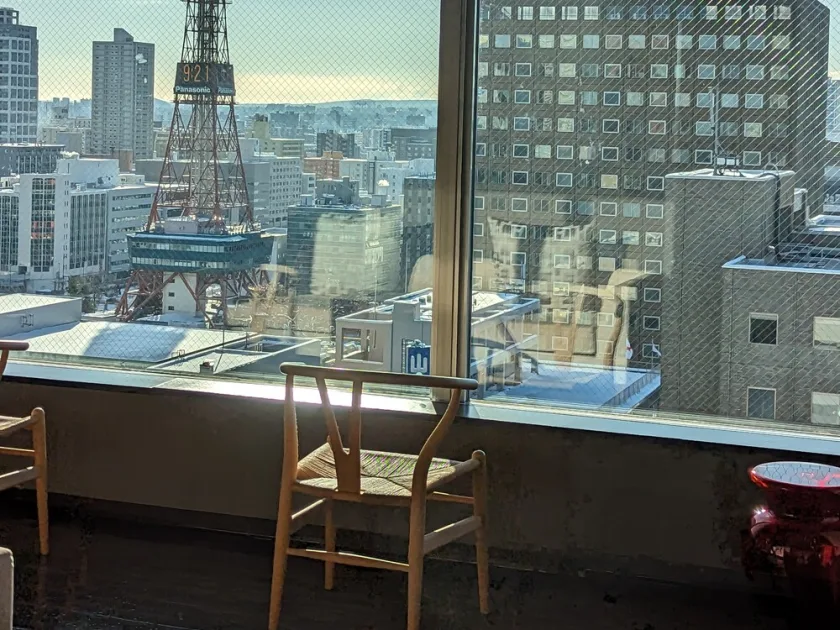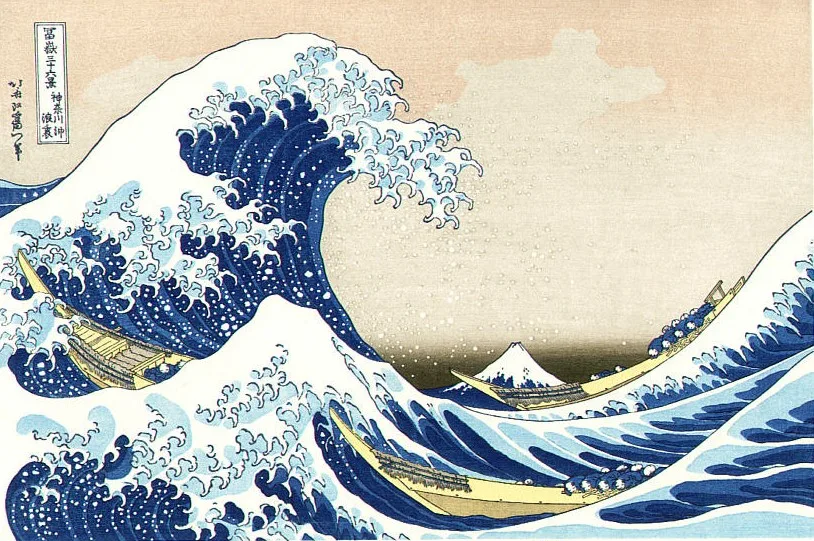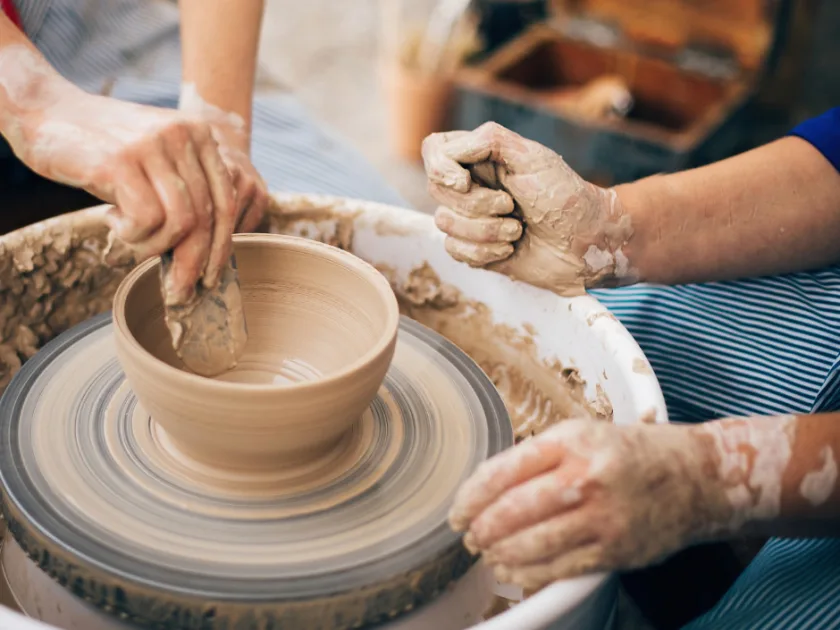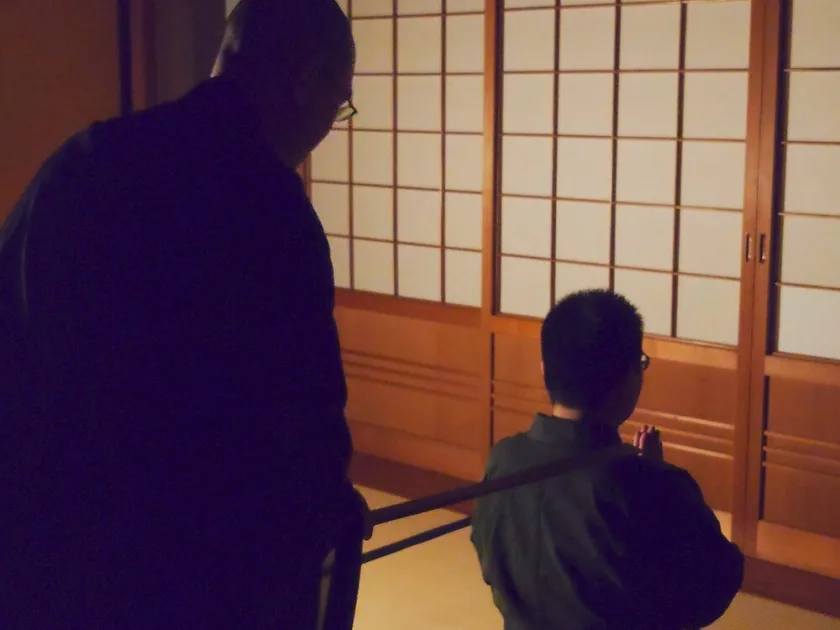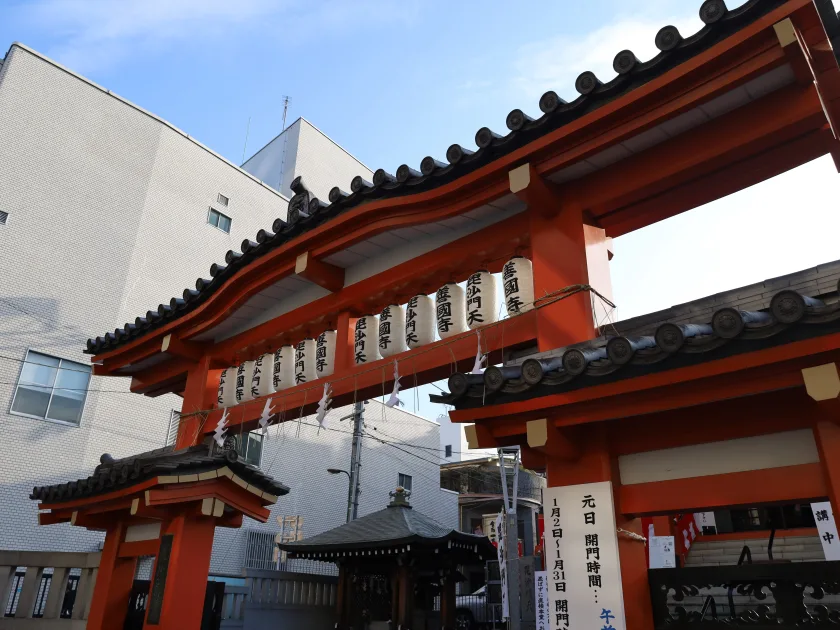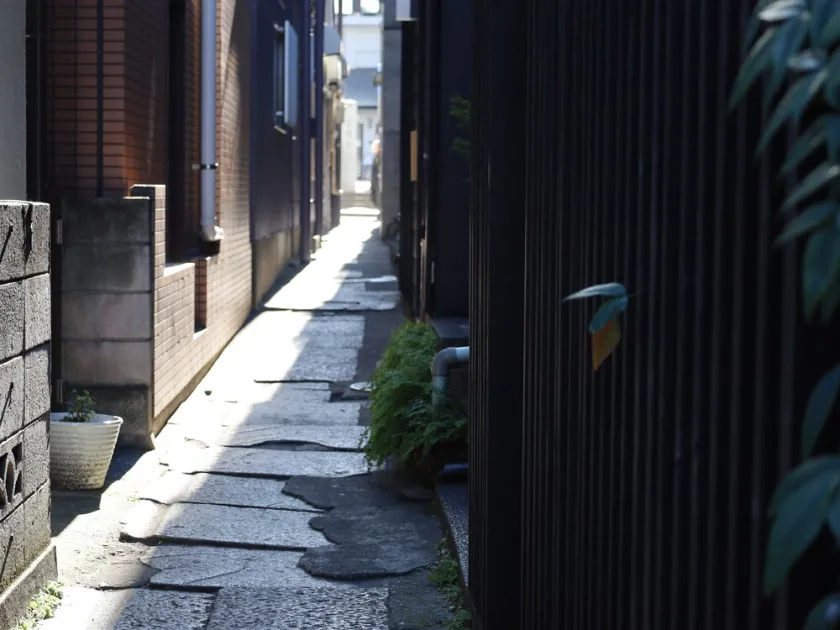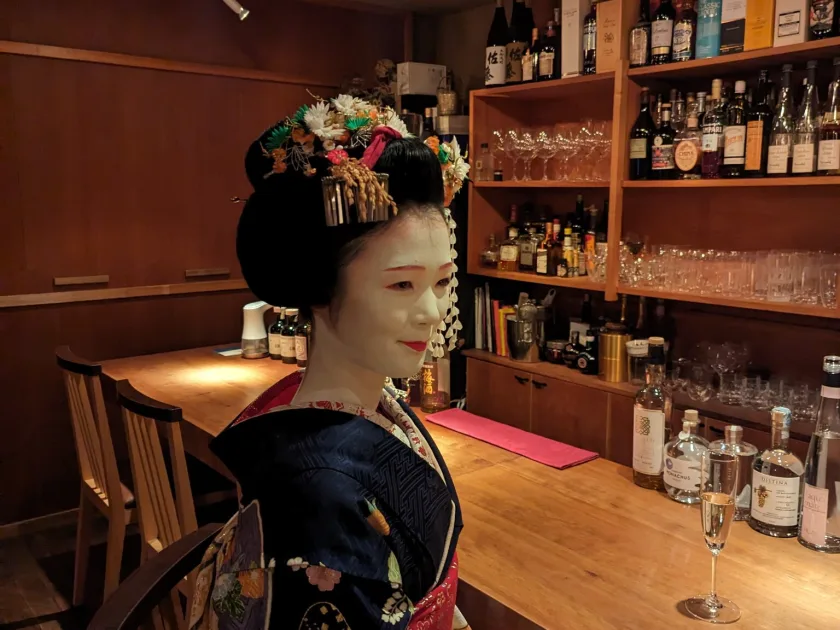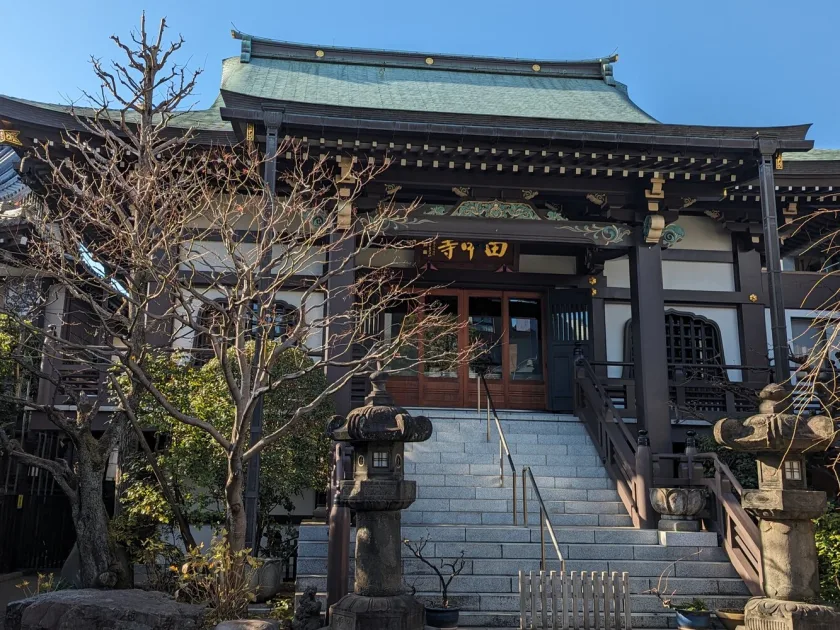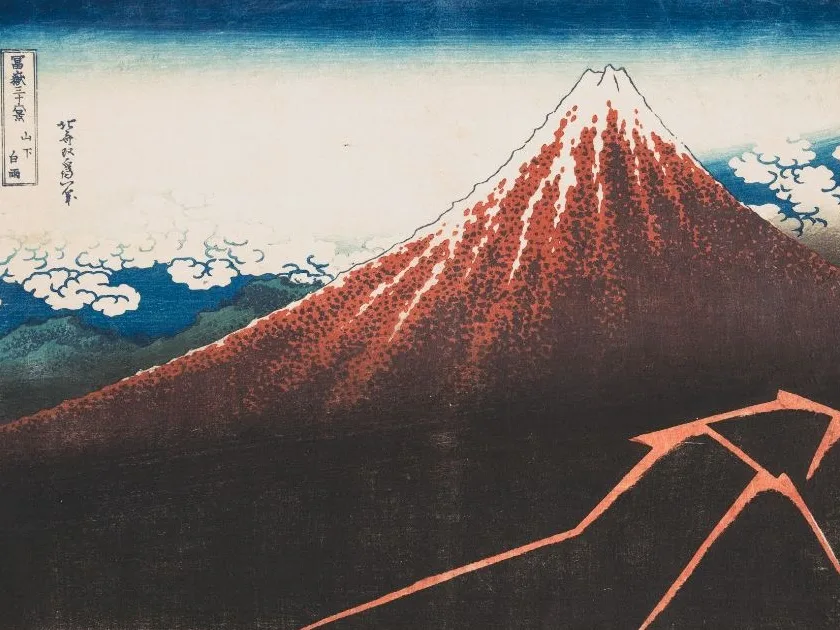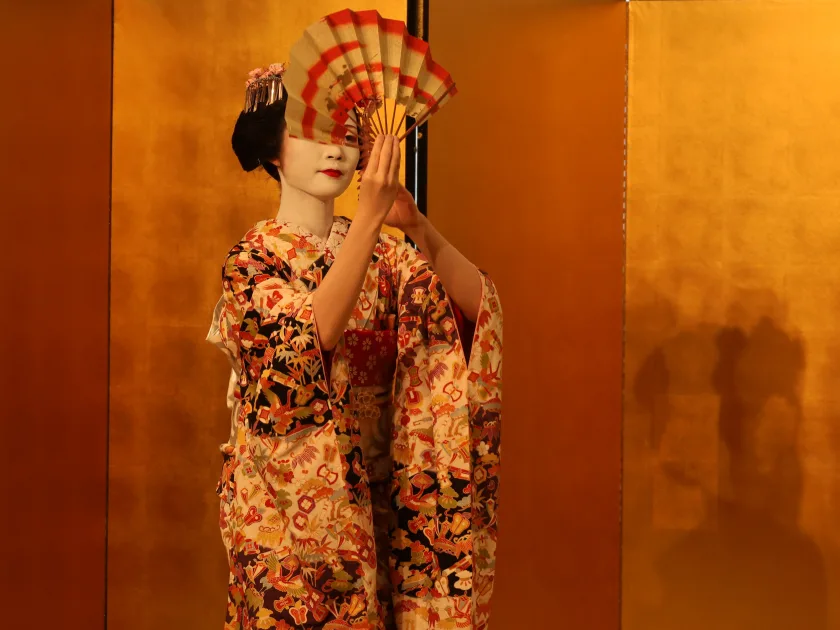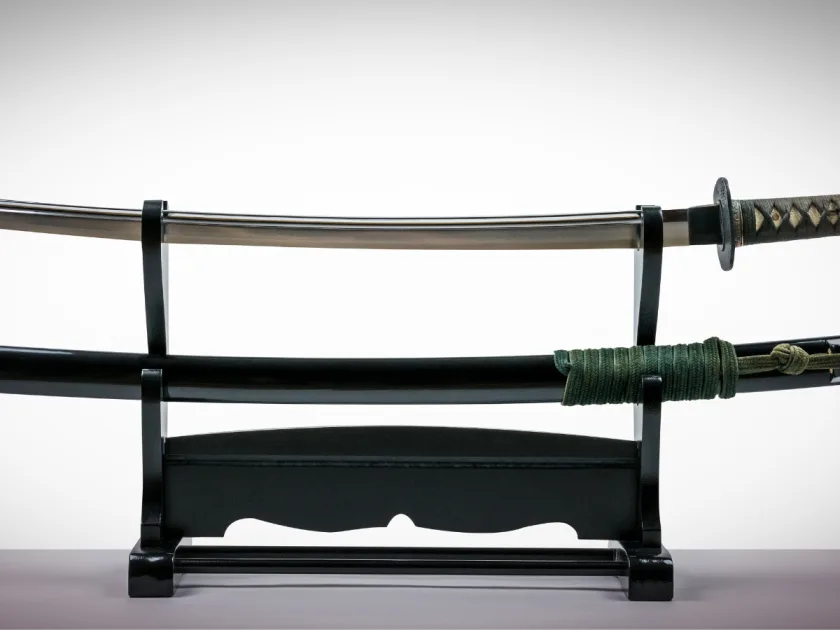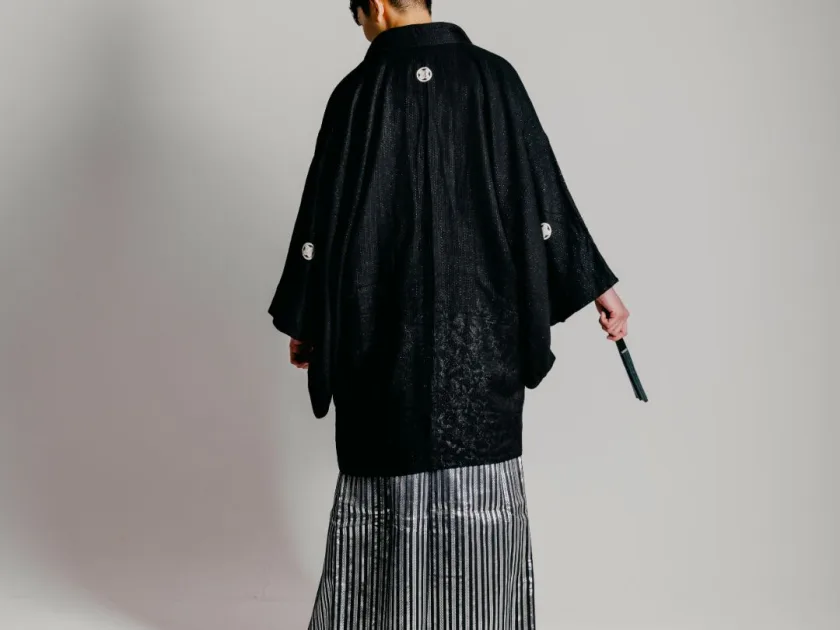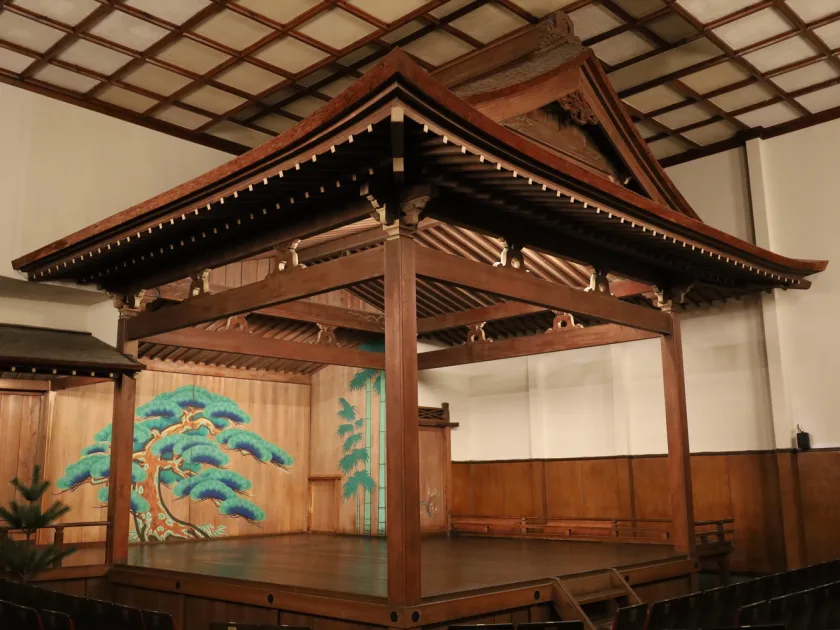Kotonoha Noh Vol.3 at Yarai Noh Theater: An Enjoyable Experience for the Visually Impaired
Kotonoha Noh Vol.3 at Yarai Noh Theater: An Enjoyable Experience for the Visually Impaired Making Yarai Noh Theater Accessible to Visually Impaired Individuals I attended “Kotonoha Noh Vol.3” at Yarai Noh Theater 2 days ago. This performance, orchestrated by the nonprofit organization Ichino-kai, led by Representative Director Keigo Suzuki, was designed to be accessible for visually impaired individuals. Braille materials were sent out beforehand, allowing those with visual impairments to familiarize themselves with the performance in advance, making the experience more enjoyable and understandable. Those with sight also received translations in contemporary language to facilitate a deeper understanding of the Noh performance. Performance of ‘Hachinoki,’ The Origin of ‘On to Kamakura’ The program featured the story “Hachinoki,” which inspired the phrase “Iza Kamakura (On to Kamakura).” It was presented both as a narrative and through a Noh performance. Master storyteller Ichiryusai Teikitsu delivered the narrative, and Keigo Suzuki played the leading role in the Noh performance. “Hachinoki” is a celebrated piece from the Kamakura period, favored even by Tokugawa Ieyasu, depicting a samurai’s loyalty. The plot is as follows: Hojo Tokiyori, the fifth regent of the Kamakura shogunate, disguises himself as a traveling monk to survey the

